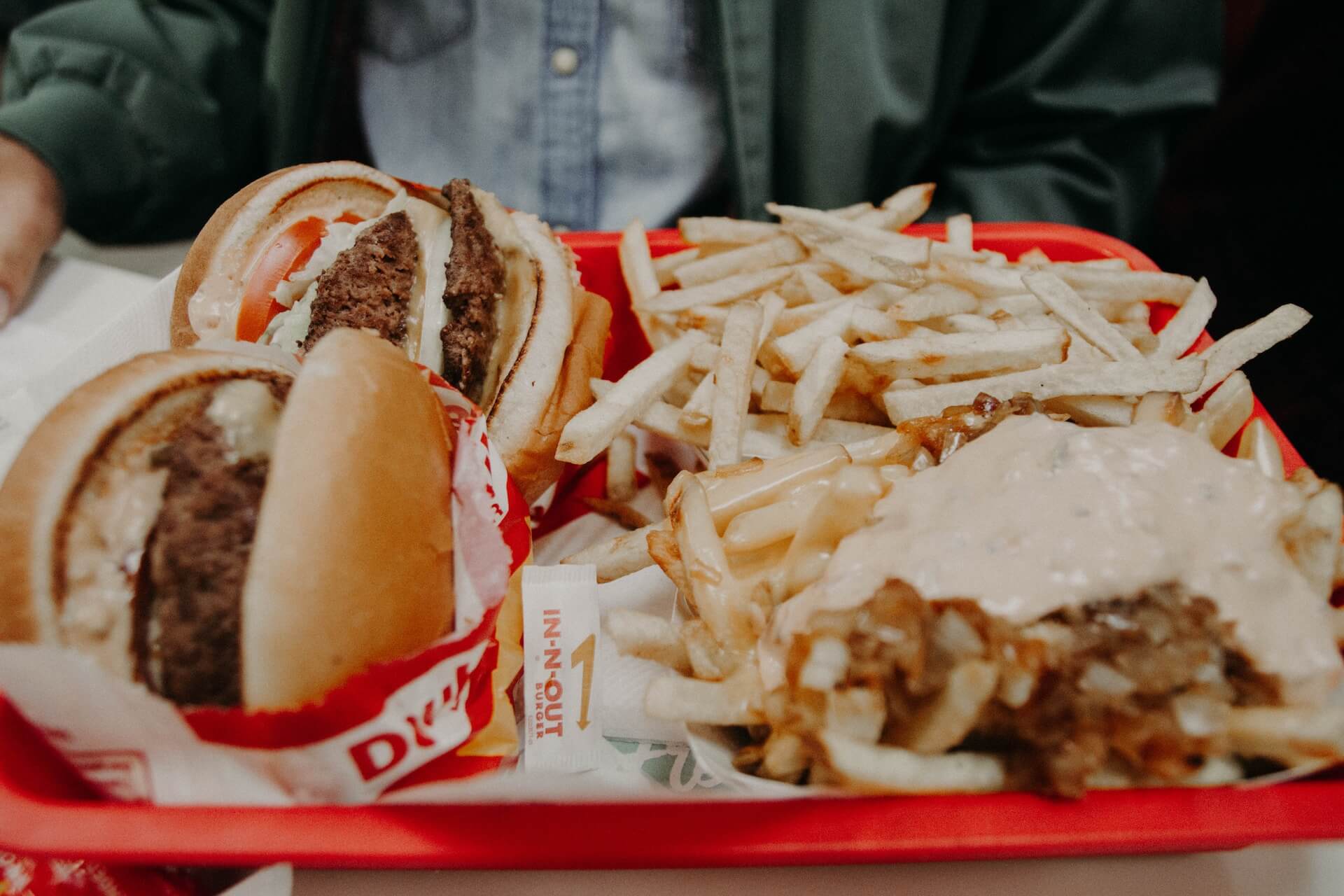FAST Act Fight Appears to be Over
by David Klemt

Well, that was fast: If recent reports are accurate—and it appears they are—the battle over the FAST Act has come to a close.
Rather than fight on the ballot, fast-food chain operators and labor groups have struck a deal. Per some reports, this puts a halt to a referendum battle that could have cost more than $100 million in campaign funds.
On its face, the deal is quite simple. AB 257, known as the Fast Food Accountability and Standards Recovery—or FAST Act—is dead. That is, dead save for one provision: the creation of the Fast Food Council will move forward.
The council will have a total of eleven members. Nine will have the power to vote, two will be non-voting members. The breakdown will be as follows:
- two representatives of the fast-food restaurant industry (2);
- two franchisees or restaurant owners (2);
- two restaurant employees (2);
- two advocates for fast-food restaurant employees (2);
- member of the public who is not affiliated with either side (1, will serve as chair); and
- members from the Department of Industrial Relations and the Governor’s Office of Business and Economic Development (2, non-voting)
Their first meeting is on the schedule for March 15.
In exchange, fast-food workers will see the minimum wage bump up to $20 per hour should they be in the employ of a fast-food chain with more than 60 locations throughout the US. That pay rise will come in April 2024.
When it comes to further pay rises, the council has two options:
- An annual wage increase of 3.5 percent; or
- An increase based on average changes to the consumer price index each year.
As one might expect, the rise will be whichever number is lower.
What was AB 257?
To summarize, FAST would’ve done the following:
- Establishes the Fast Food Council, ten members appointed by the Governor, the Speaker of the Assembly, and the Senate Rules Committee. The council will operate until January 1, 2029.
- Defines “the characteristics of a fast food restaurant.”
- Gives the Fast Food Council the authority to set “minimum fast food restaurant employment standards, including standards on wages, working conditions, and training.”
- Provides the council the power to “issue, amend, and repeal any other rules and regulations, as necessary.”
- Allows the formation of a Local Fast Food Council by a county, or a city that has a population of more than 200,000.
Click here to review the bill’s text in its entirety.
Why is this Important?
It’s entirely possible that similar bills will pop up in other states in the coming years.
If this result is anything go by, such bills may be used by QSR operators and labor groups as negotiating tactics. The most recent news regarding the FAST Act should have the attention of both operators and hospitality workers. In California alone, the pay rise is expected to affect at least 500,000 workers.
However, there is one provision of the FAST Act that workers may find less than encouraging. The deal that has been struck kills a notable provision: fast-food operators, at least in California, won’t be held legally responsible for labor violations that occur in franchise locations.
Operators in other states should keep an eye out for similar bills, as should all hospitality professionals.
Image: Kenny Eliason on Unsplash

